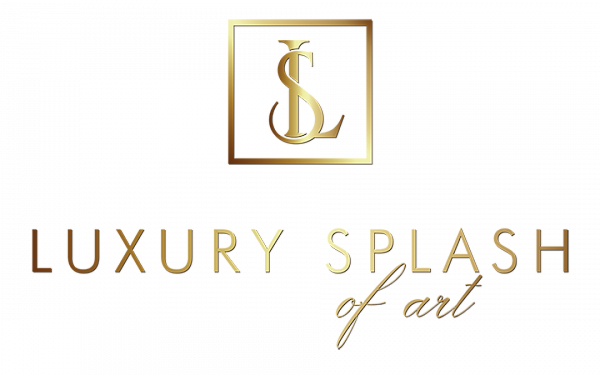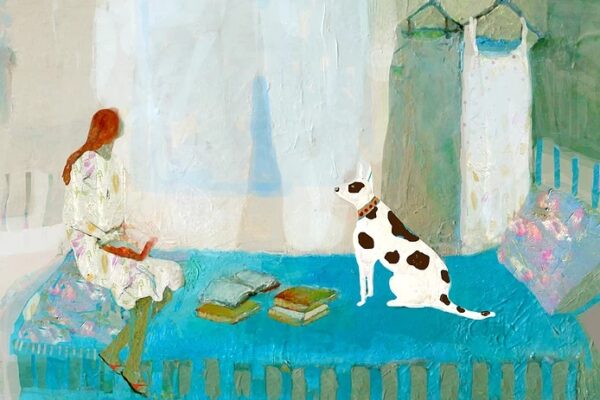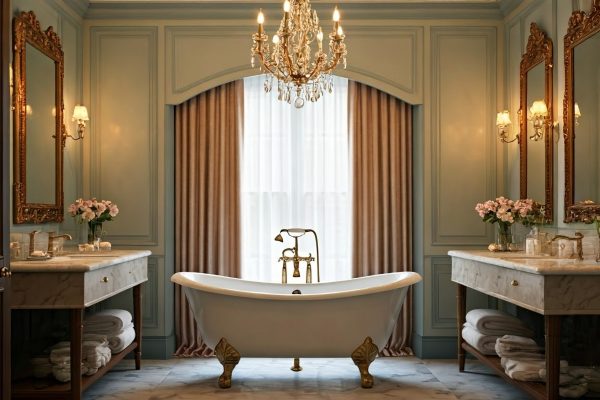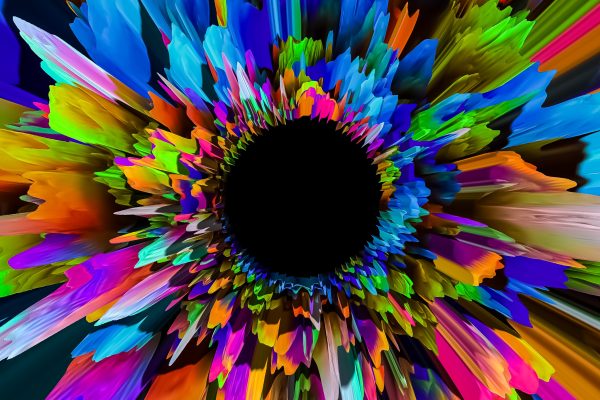It could be the view of a landscape, the look in one’s eyes or a phrase in a song, which triggers something in the soul to get active and to bring something new under the sun. What is driving us to create an artwork? New evidence and theories in different disciplines like genetics and archaeology were found and provide a new platform for further examinations on this subject.

Researches with technologies like Uran-Thorium, as well as Radiocarbon dating of artefacts and cave paintings in Europe and North Africa, leave no doubt that Neanderthals shared symbolic thinking with early modern humans. IT can be inferred from cultural material that Neanderthals and early modern humans were cognitively indistinguishable. Scientists suggest that the origins of language and the advanced cognition characteristic of extant humans may precede the period before the divergence of the Neanderthal lineage, more than half-a-million years ago. What does that mean? Products of creativity seem to be much older than we thought. These products were not exclusively a significant sign of the modern homo sapiens any longer.
What is creativity standing for? It seems that the notion of “creativity” originated in Western culture through Christianity. God creates the universe, the earth and all living creatures. In the Judaeo-Christian tradition, creativity was the sole province of God; humans were not considered to have the ability to create something new except as an expression of God’s work. However, this is not creativity in the modern sense, which did not arise until the Renaissance, when creativity was first seen, not as a conduit for the divine, but coming from the abilities of great men.

Alfred North Whitehead was the first investigator who coined the term “creativity” as part of his metaphysical categories while he was lecturing at the University of Edinburgh in 1927. Since these days, the term is receiving sustainable attention, and has become the subject of various research studies. Essentially, most studies are about the essence of creativity, there are different forms of categorization, and there is an intense pedagogical interest in stabilizing creative impulses, as well as the sustainable promotion of creativity. The widely quoted Four C model of creativity distinguishes four areas of Mini-C, transformative learning, Little-C the area of everyday problem-solving and creative expression, Pro-C, which is about professional creativity, and finally the Big -C, or outstanding creativity in a given field. If the model also describes a sphere of creativity, it does not present any information about the necessary conditions for the emergence and possibly structuring of such processes.
Creativity as the ability to develop new and useful ideas, is understood as the key driving force behind scientific, technological and cultural innovation. Therefore creativity and intelligence are closely related in recent research, and some tests have been developed for creativity based on intelligence tests. Now, the archaeological findings question this connection, so on these grounds the Neanderthals have been considered less intelligent.
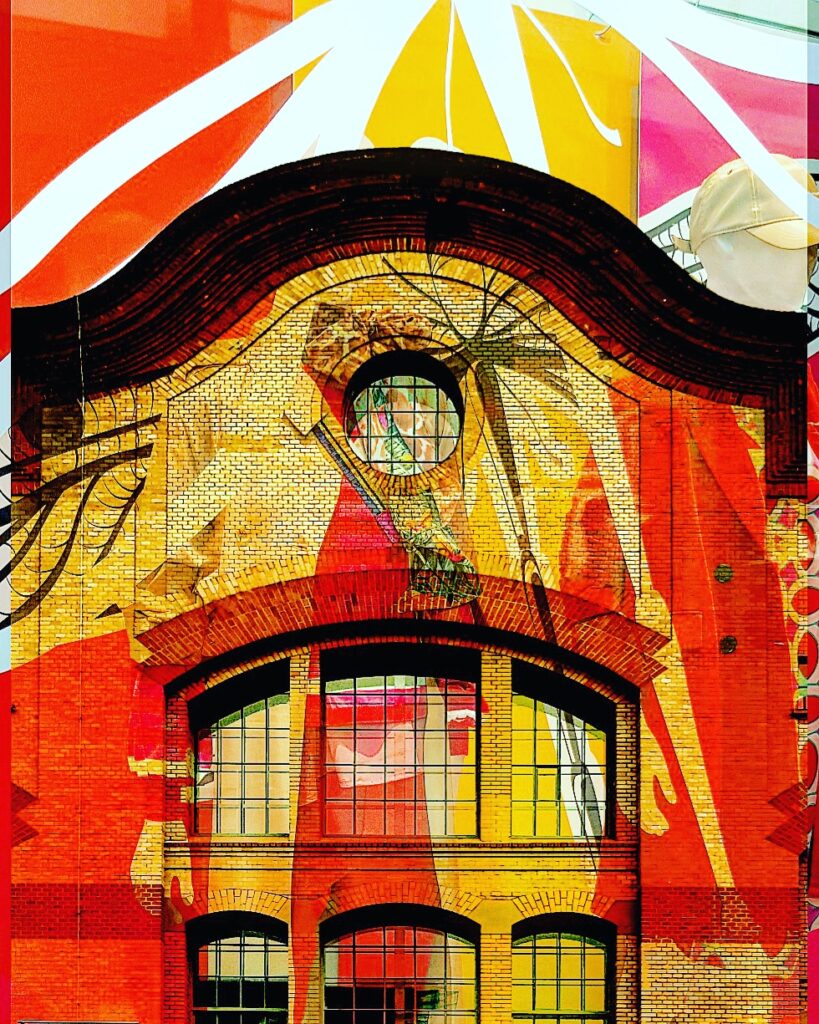
Research in the field of genetics has shown initial results in terms of convergent or, on the contrary, divergent thinking. Thus, there are genetic causes for both forms of thinking, which, however, may be influenced by other individual characteristics such as memory, openness to life, and external circumstances, even food. In the meantime, it must be regarded as a proven fact that creativity is gender-independent. Overall, creativity seems to be the genetic engine of life, because even the simplest life forms develop an amazing adaptability to solve even the most complex questions of their circumstances and environment.
Could it be, that artistic creation has emerged in a way yet to be clarified, as a by-product of evolution? It would not be surprising, because the evolution of living things always brought a mental flexibility and openness. It meant a fast and sustainable processing of information, along with greater memory. While optimally adapted life forms in the short and medium term had the best chance of survival of their species, less optimally adapted, or more flexibly designed forms, also succeeded in achieving long-term success. They were certainly ahead of their time in a sense. Isn’t that equivalent with the artists?
Of course, it seems presumptuous to attribute creativity only to artists. Creativity finds its expression in every field of life, even if the performing or visual arts greatly utilizes this force. Their creative act is almost always based on the confrontation of themselves with society, i.e. it is related to social processes. Engineers, technicians, mathematicians, craftsmen, as well as financial experts, to name but a few, use creative impulses to further develop their skills and products. This connection is not always recognised or seen today as an expression of creativity. Their results are rarely related to social processes, but rather seen as innovative reactions to market needs.
This disregard goes back, among other things, to Greek antiquity. Then “techne” art/technology, planned action directed towards a “telos”, a goal, were initially regarded as equivalent concepts, but later distinguished between different professional fields depending on their social standing. The craft techniques “artes mechanicae” were subordinated to the liberal arts “artes liberales”.
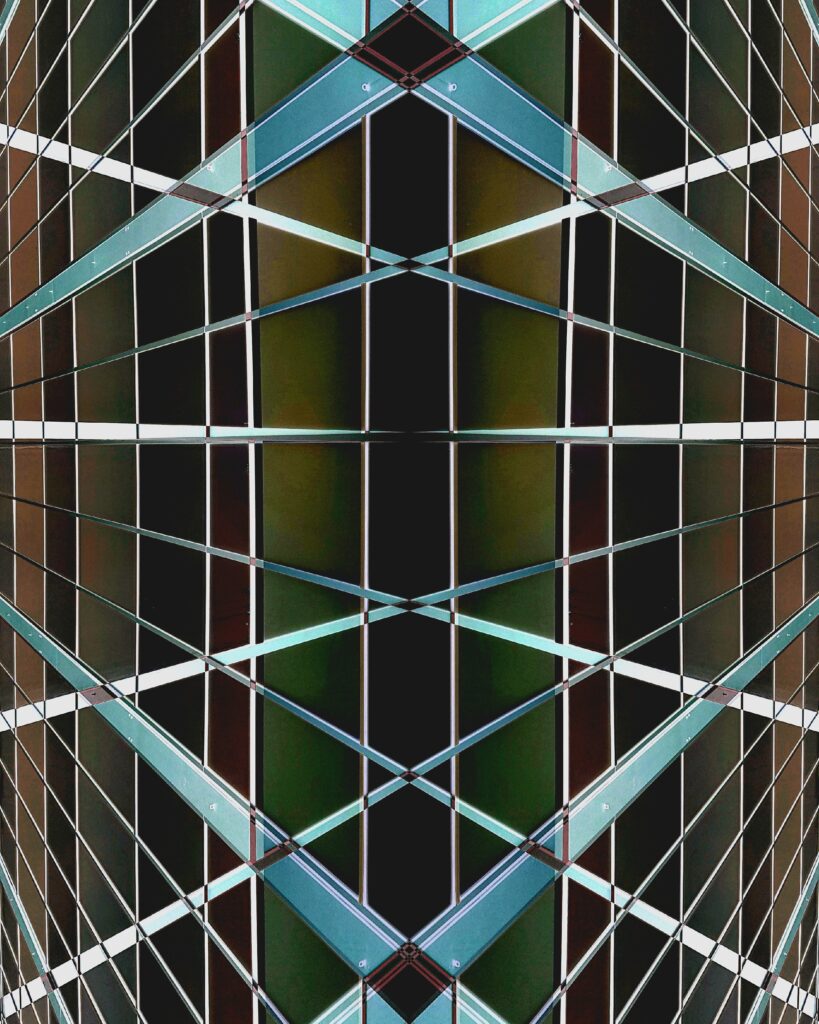
Today, potential is often wasted here. Companies invest year after year in further training on topics such as communication, team building, etc. They restructure and install agile management systems. It was only some time ago that it was recognised that the social living conditions and needs of employees play an important factor in productivity and above all in innovative processes. Google searched for the underlying principles and found some factors that prepare the ground for creative employees. In addition to a shared vision, the autonomous design of the workplace by the employee, and the culture of appreciative cooperation, what is needed above all is a fear-free space for trying out ideas. A great idea is rarely born at the first attempt.
Now here lies a great opportunity. If one knows which conditions favour creative processes, then one must try to install them little by little if one can use the effects. If highly paid experts are successfully employed in all other fields of business development, why not also involve such experts in the field of creativity. Who else could this be but artists?
Story by Dieter Hanf
